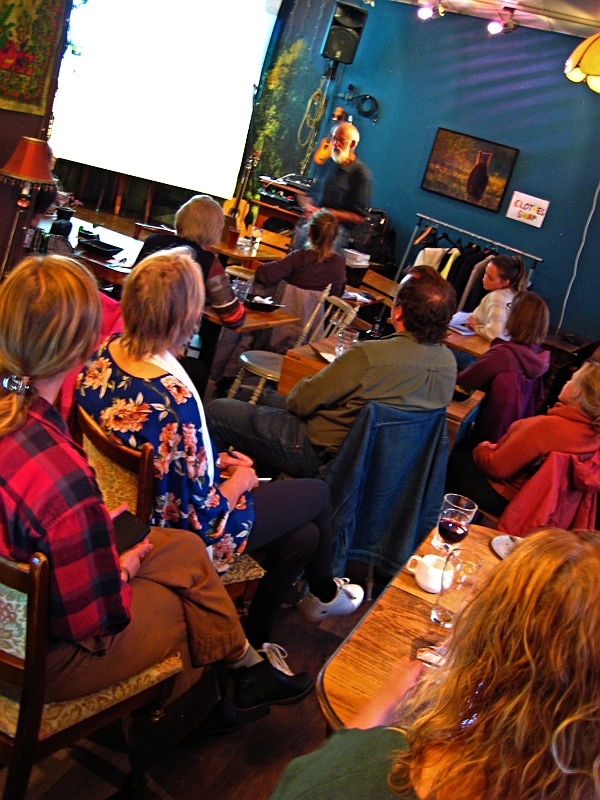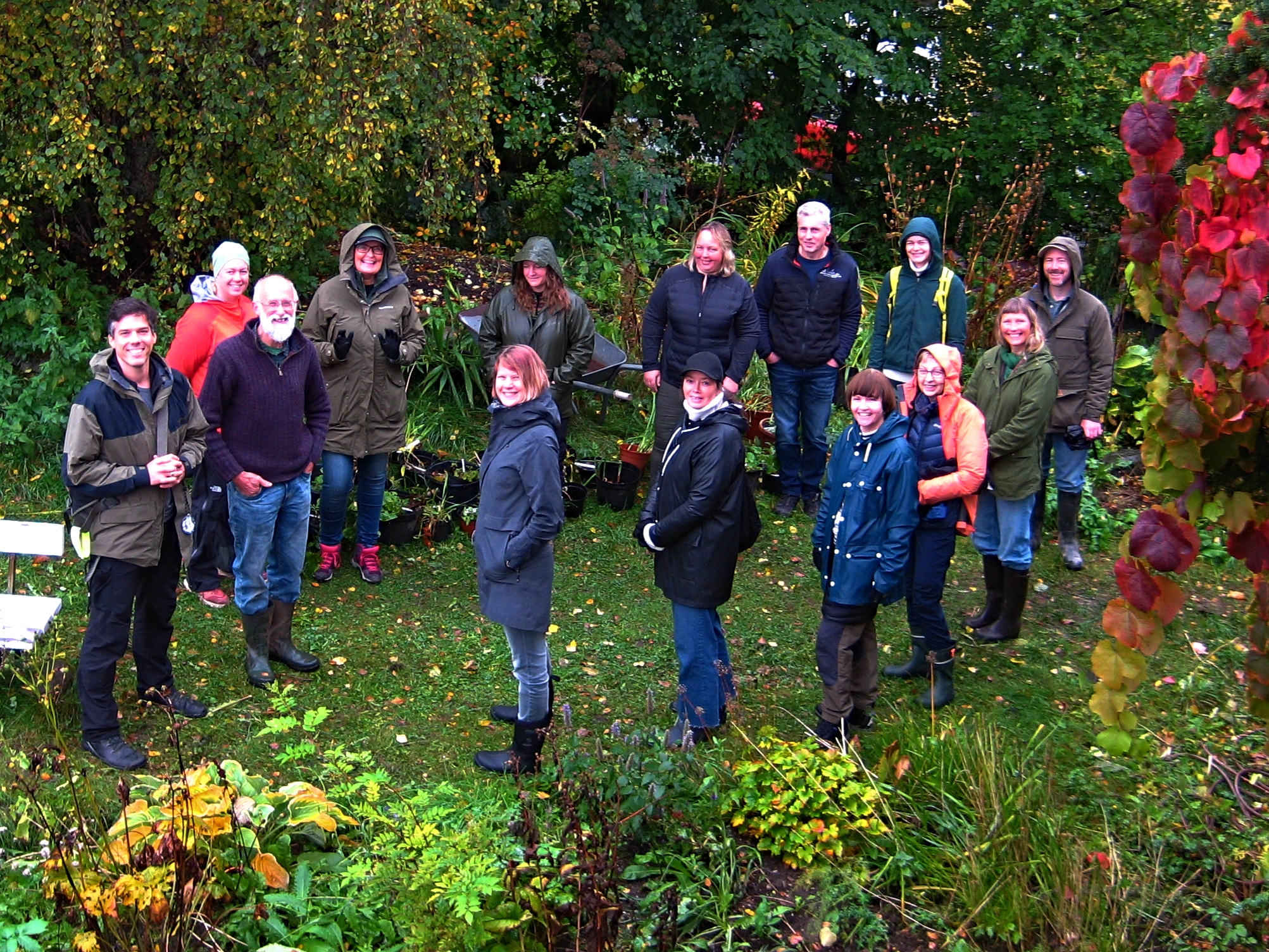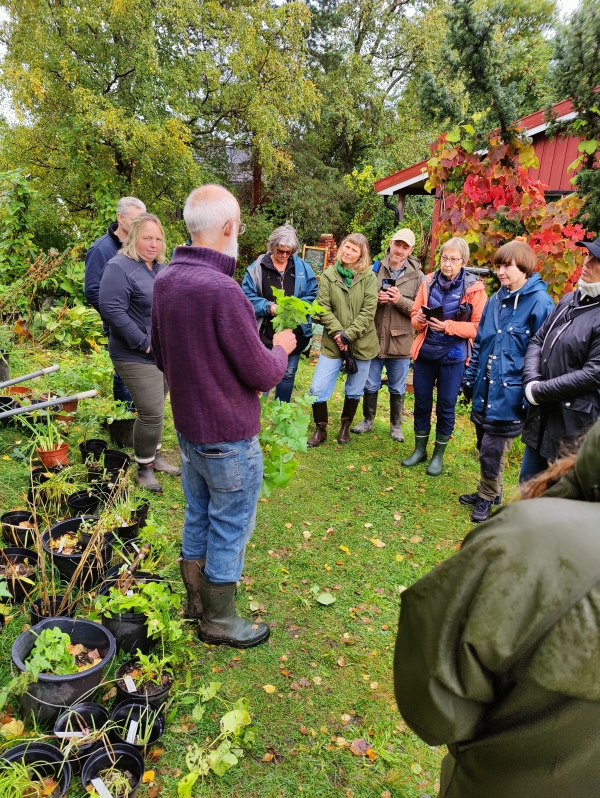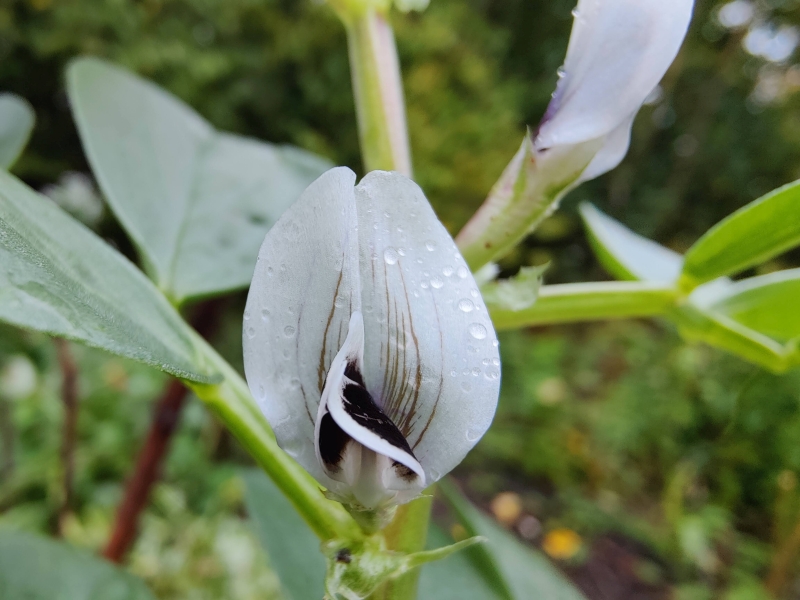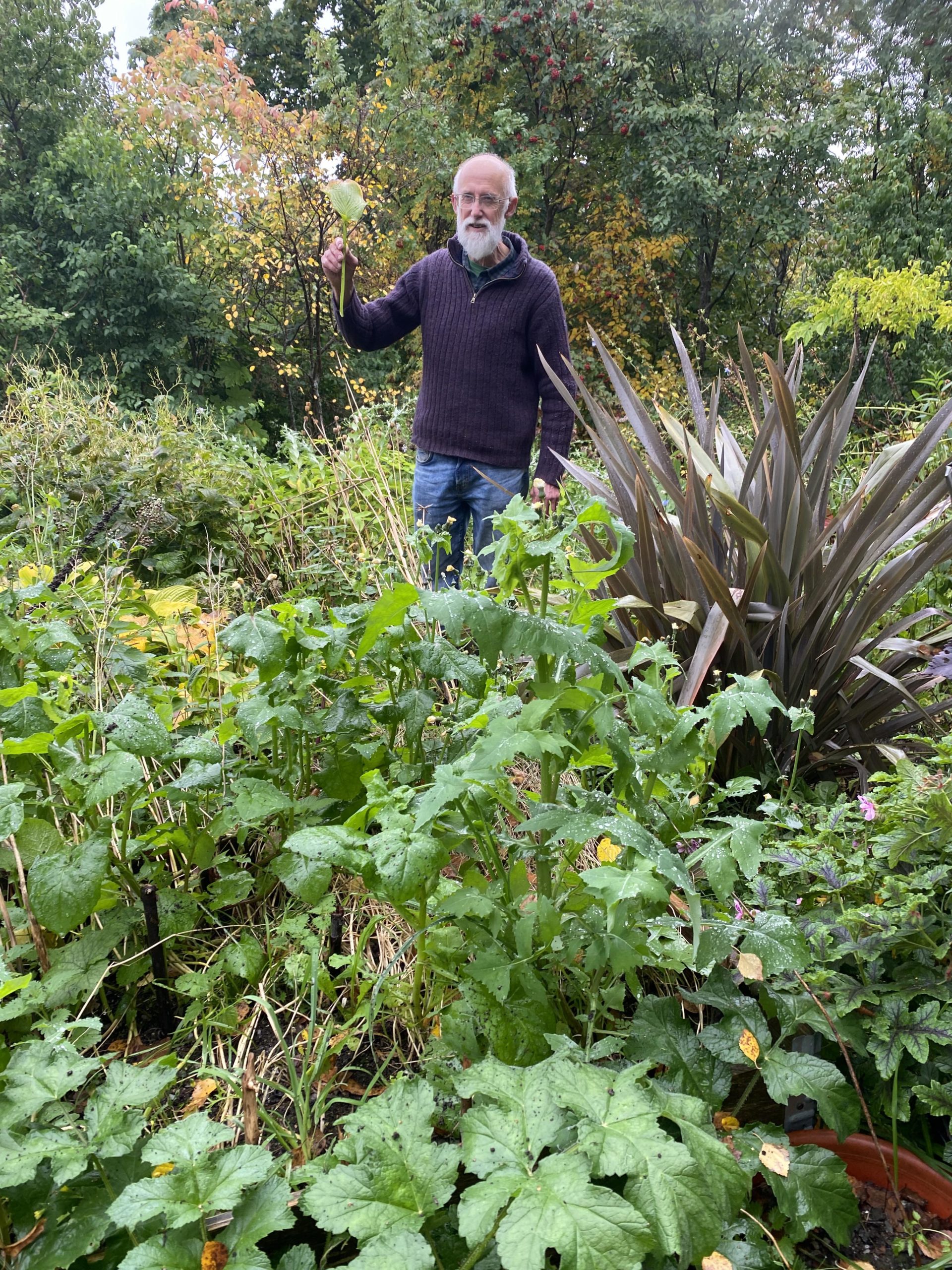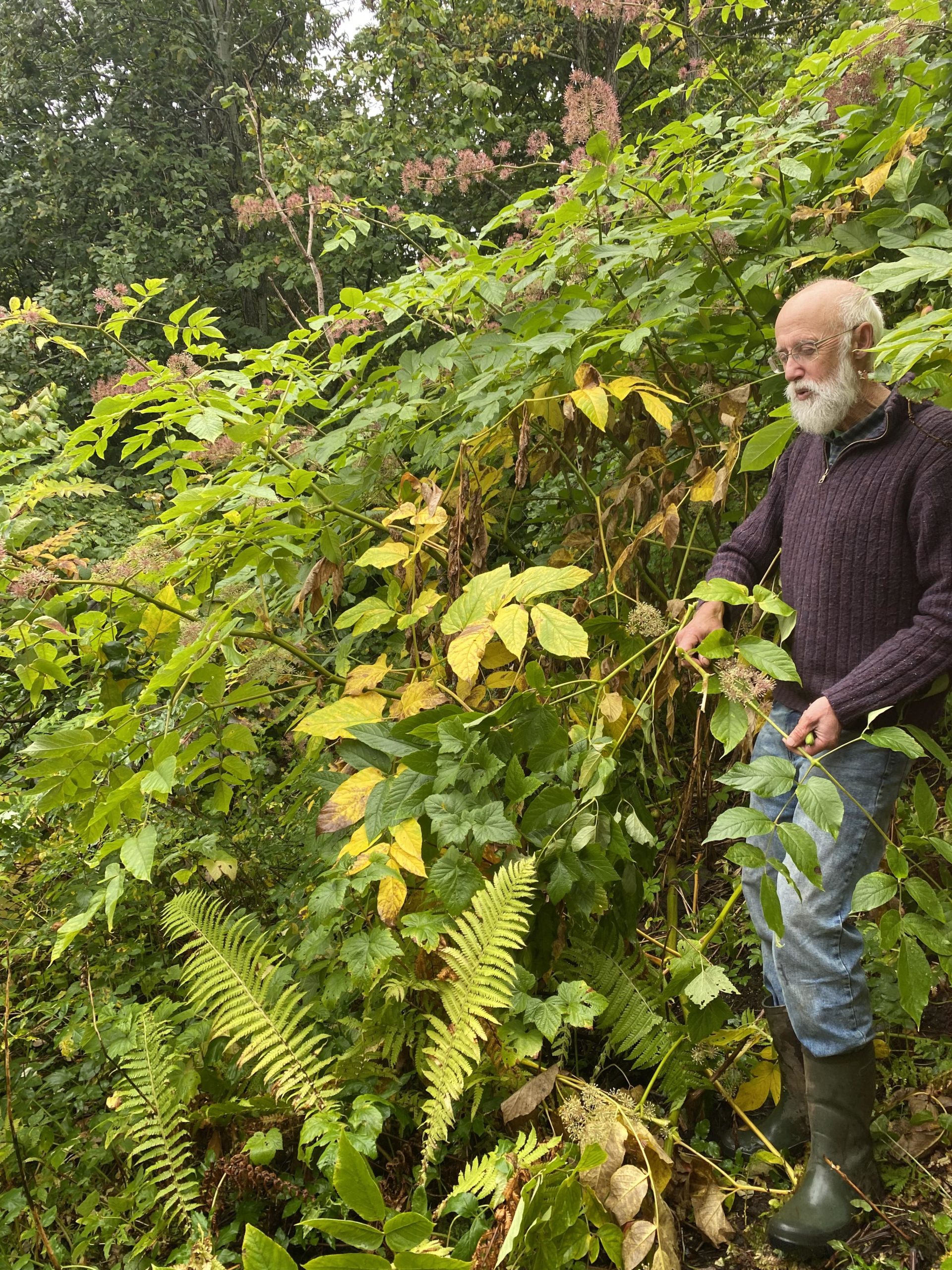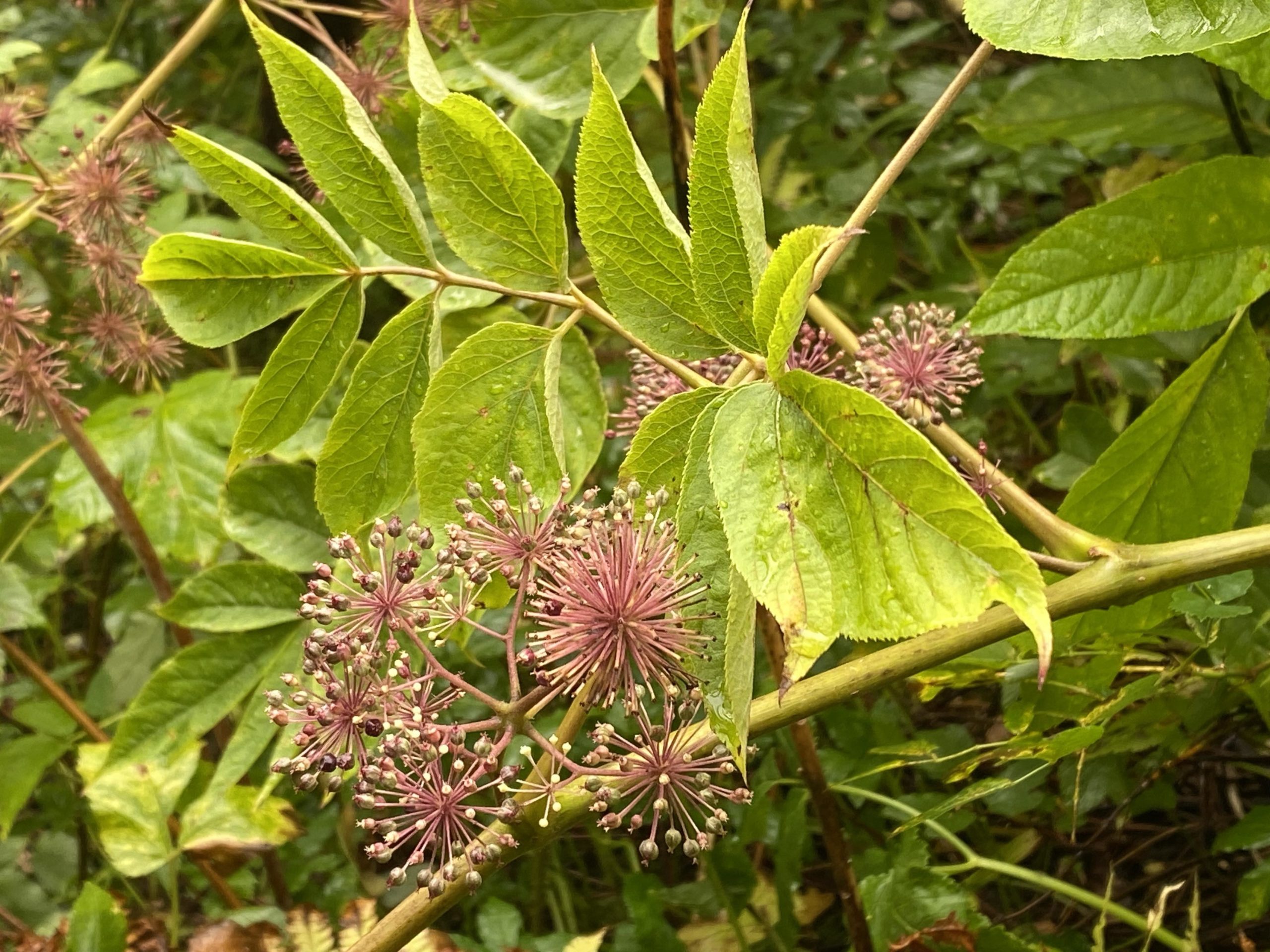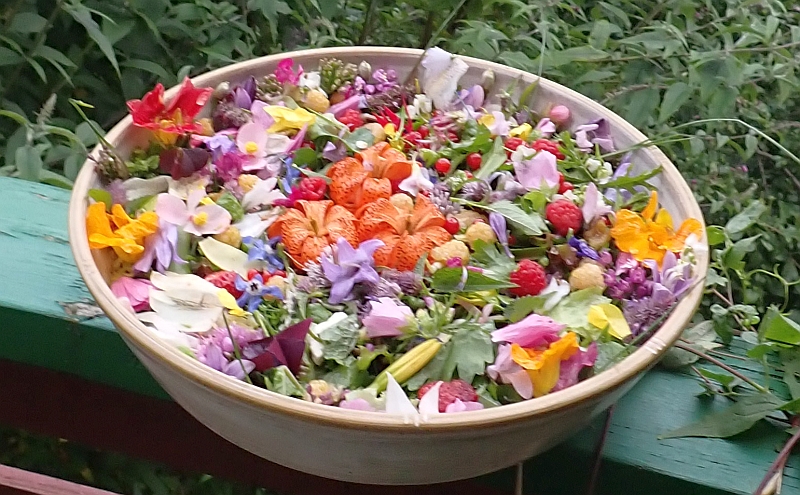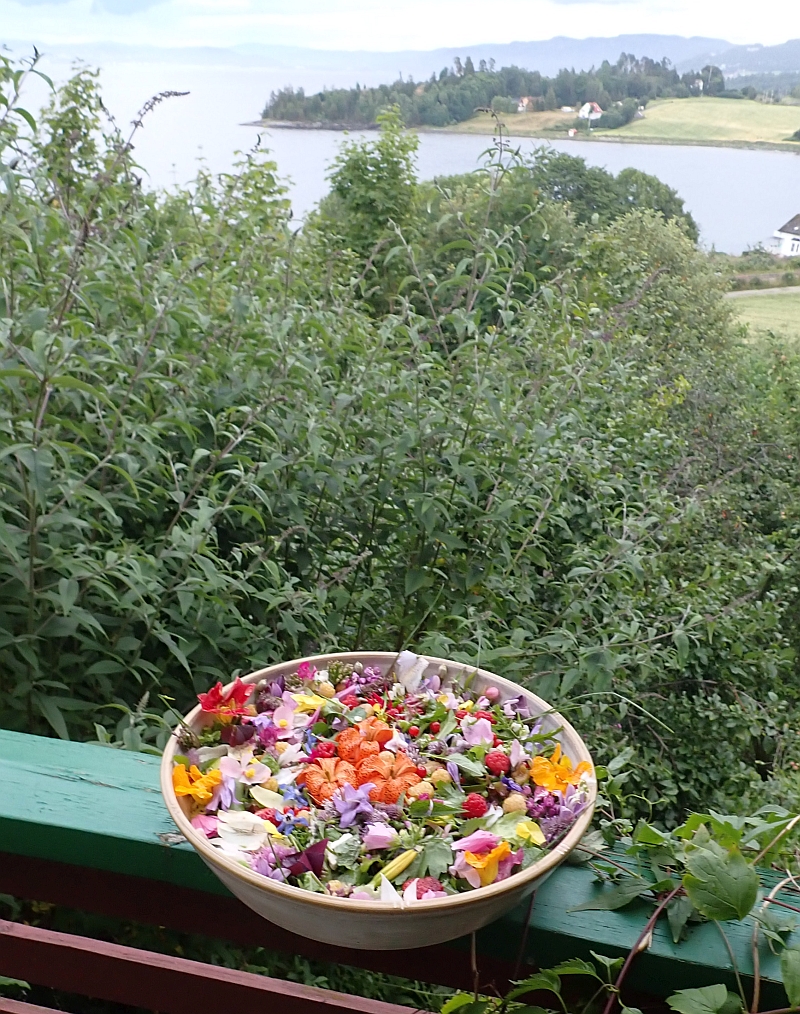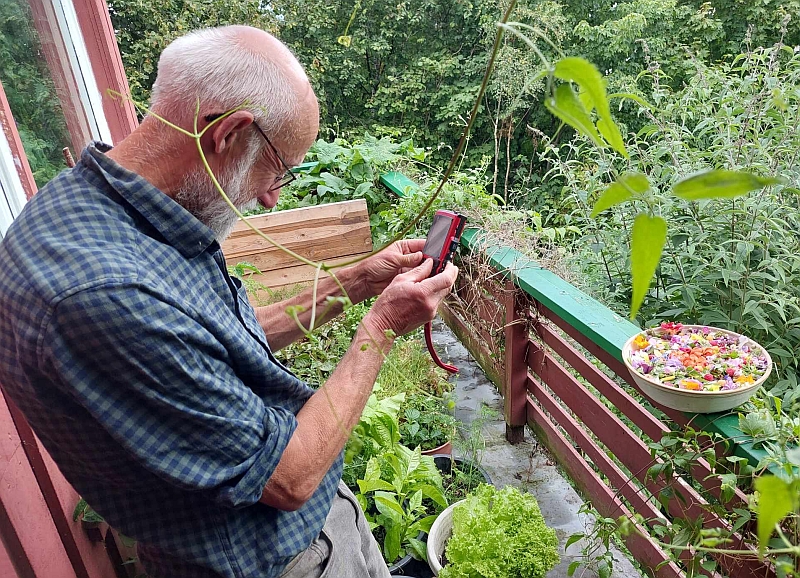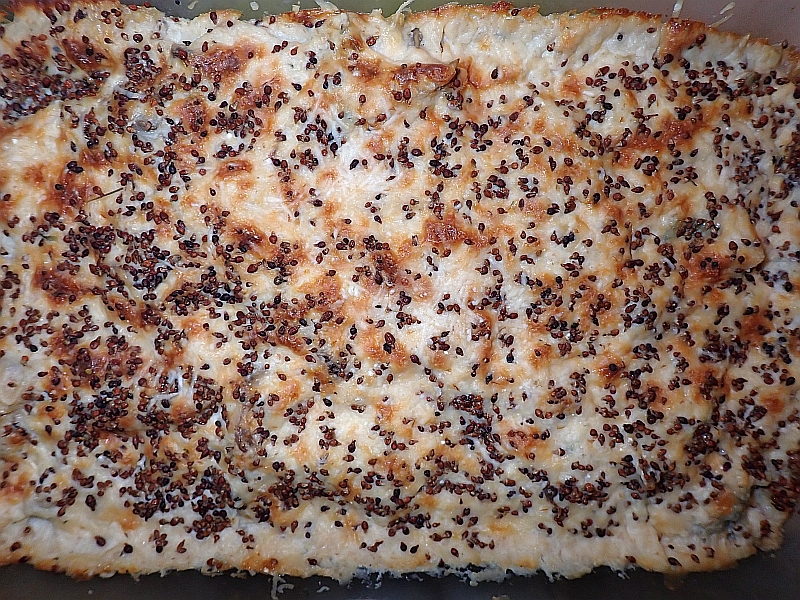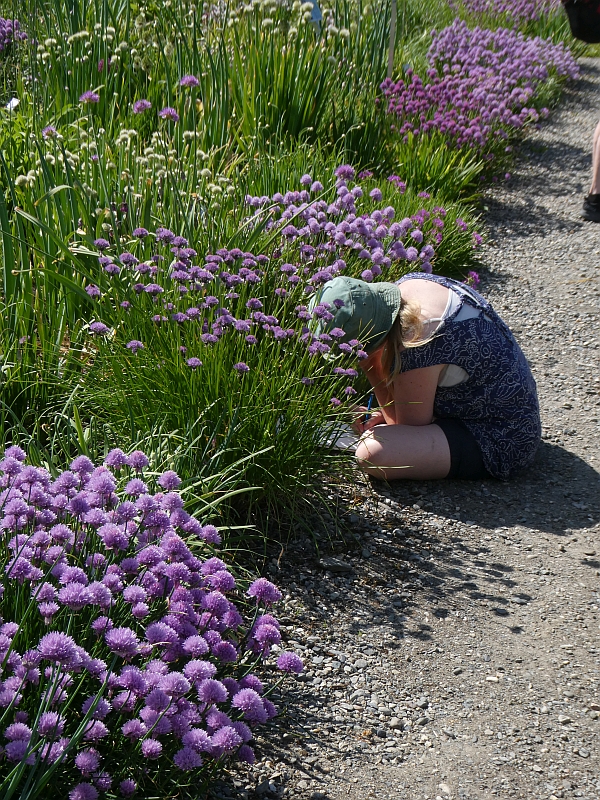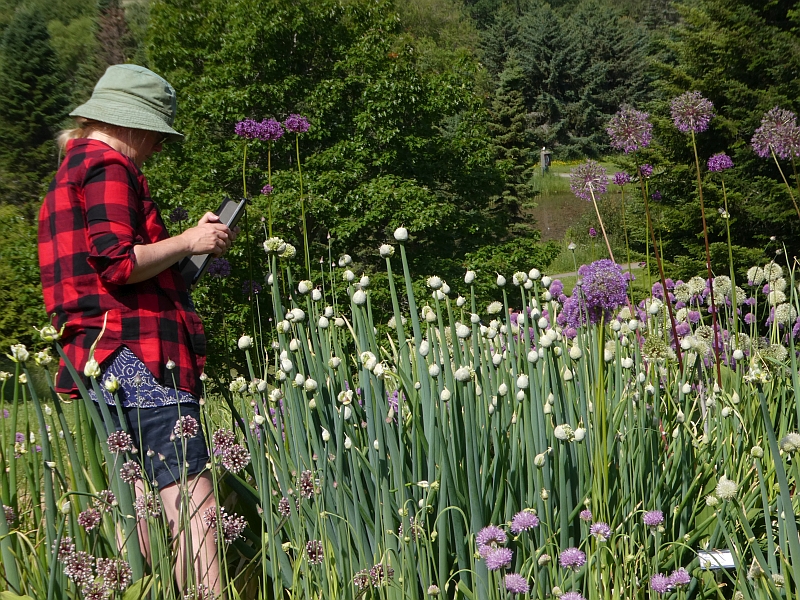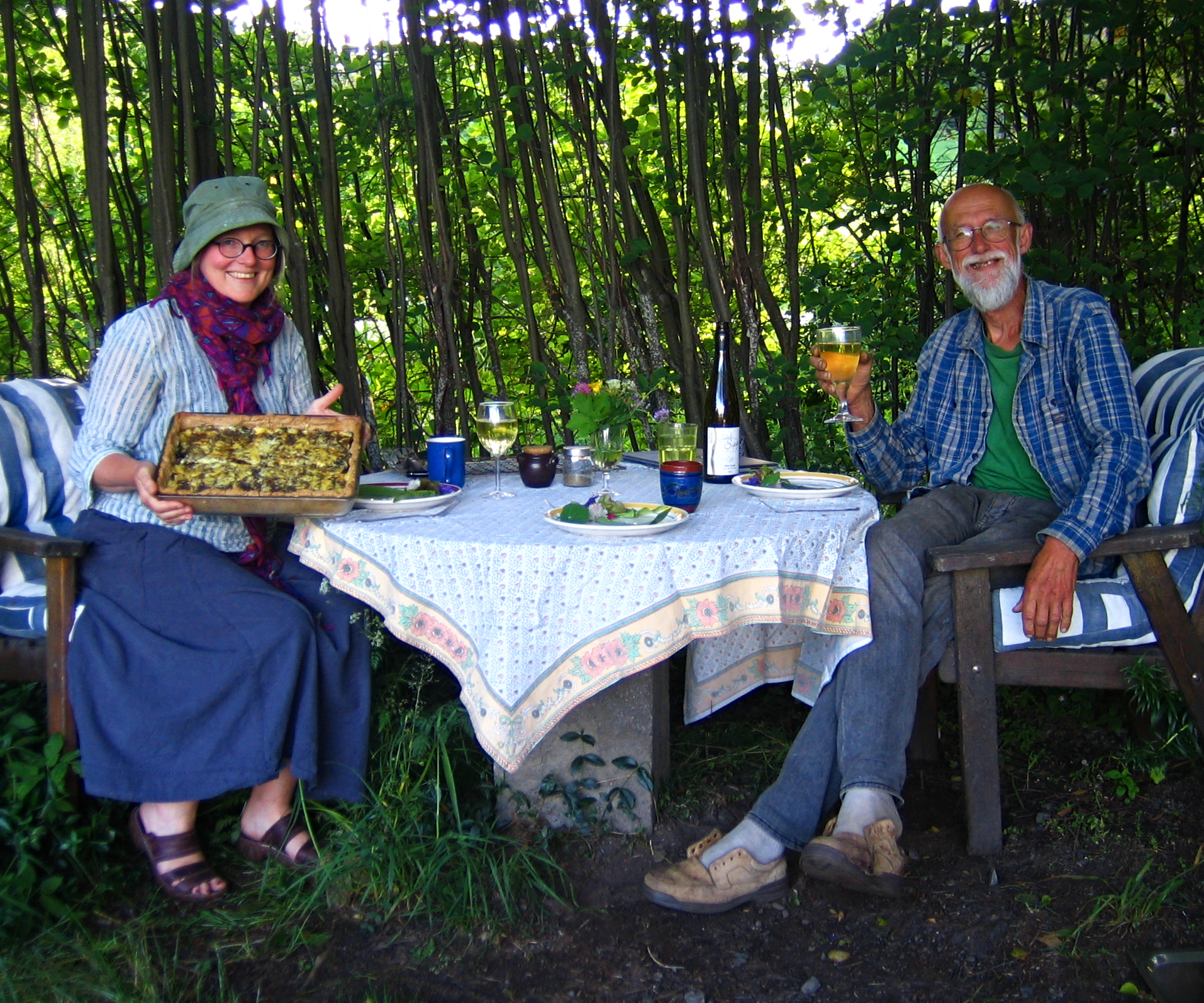Toad lilies (Tricyrtis sp.) are great edientomentals from the Far East; i.e. both food for us to eat (the edi bit), eye food (the mental bit ;) ) and food for the pollinators like bumble bees (the ento bit).
I’ve been meaning to try to research this genus properly for many years ever since I ate the young shoots 10 years ago (it tasted mild and good). I’ve tried 10+ species over the years, but only the early flowering species thrive (Tricyrtis latifolia is I think the most successful of the two). Bumble bees love them too as can be seen in the video below!
Below the pictures is an overview of how different species Tricyrtis are used in Japan. It indicates that the flowers can also be used at least in moderation for decoration, so I must give it a go!


Tricyrtis in the kitchen
All I have so far is that 6 or 7 species are listed in my comprehensive Japanese foraging book (in Japanese): Wild Food Lexicon (Japan) and this is what it says (there are no warnings of possible toxicity and it encourages the reader to get and grow a couple of the species):
Tricyrtis latifolia (Tamagawa hototogisu)
Eat young shoots. You can eat other types of Tricyrtis so don’t worry if you make a mistake. Rest assured. You can pick it even if the stems are long, you can pick the soft young shoots until they bloom.
Boil in hot water with a pinch of salt, then rinse in cold water. In boiled food, soup, tempura…
Tricyrtis macropoda
It can be eaten like Tamagawa hototogisu, but the ones with a lot of hairs have an inferior taste.
Tricyrtis macrantha
Boiled soup. For tempura etc. It has a crisp texture. Boil briefly, soak in cold water, boil, cut into small pieces and season with mustard. The young shoots are the most flavourful amongst the hototogisu.
Tricyrtis macranthopsis
Seedlings for cultivation are on the market. You can grow it and use it as food.
Around May, pick young shoots that grow diagonally. Even those with long stems can be eaten by picking the soft part at the tip of the stem.
Tricyrtis perfoliata
Young shoots are “hard”? in quality. Floating the flowers in the soup and enclosing them in jelly will make them beautiful. Get it, grow it and taste it!!




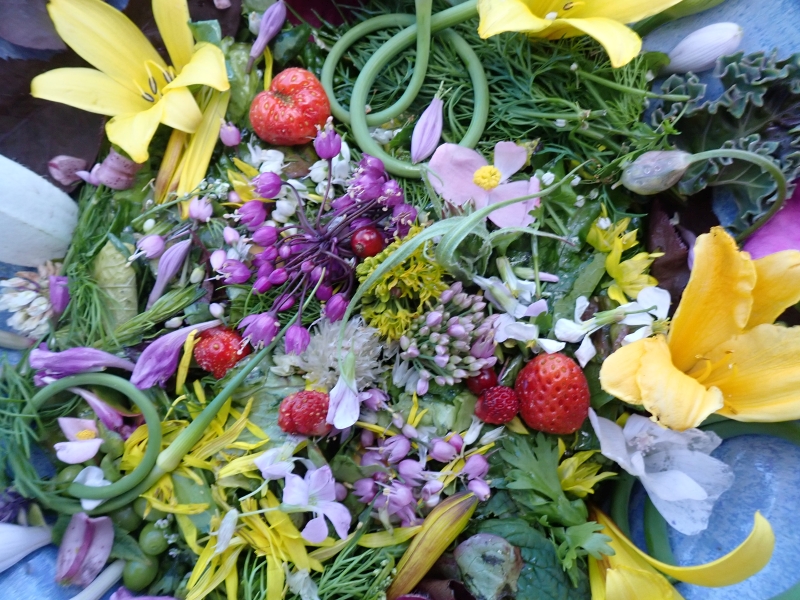



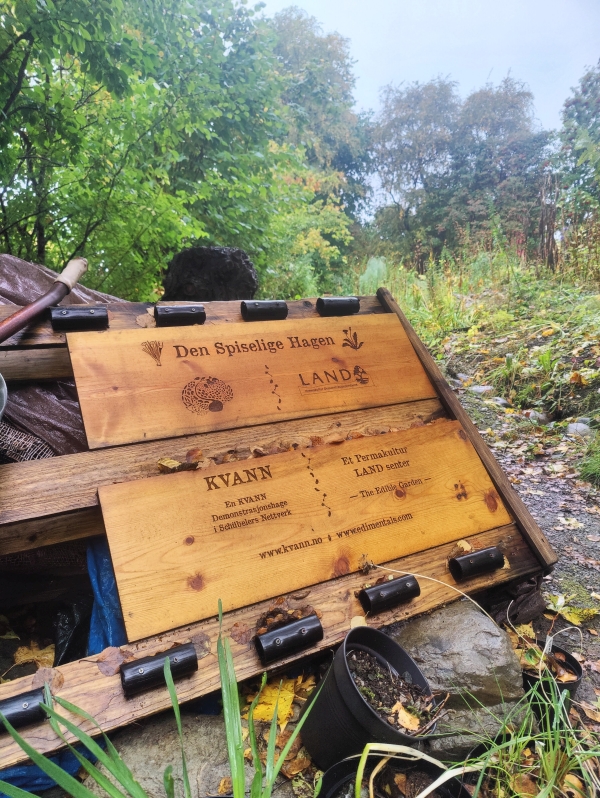
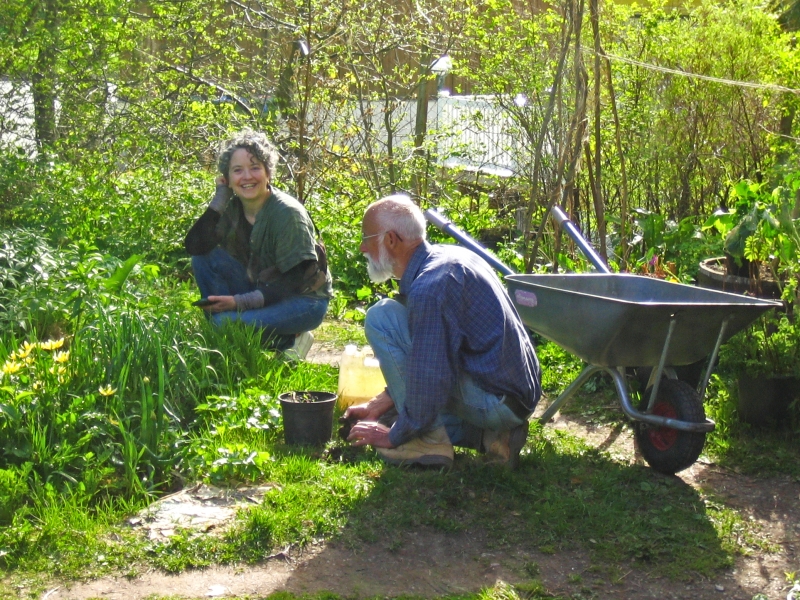
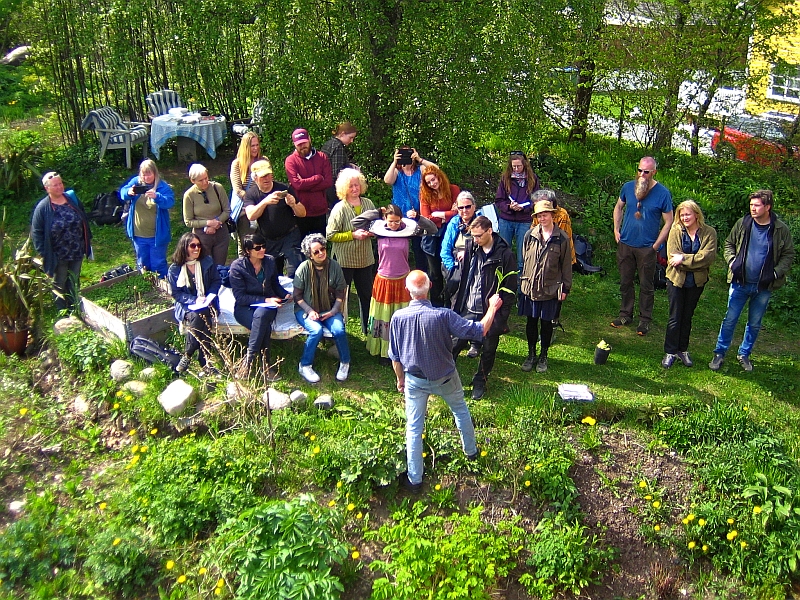

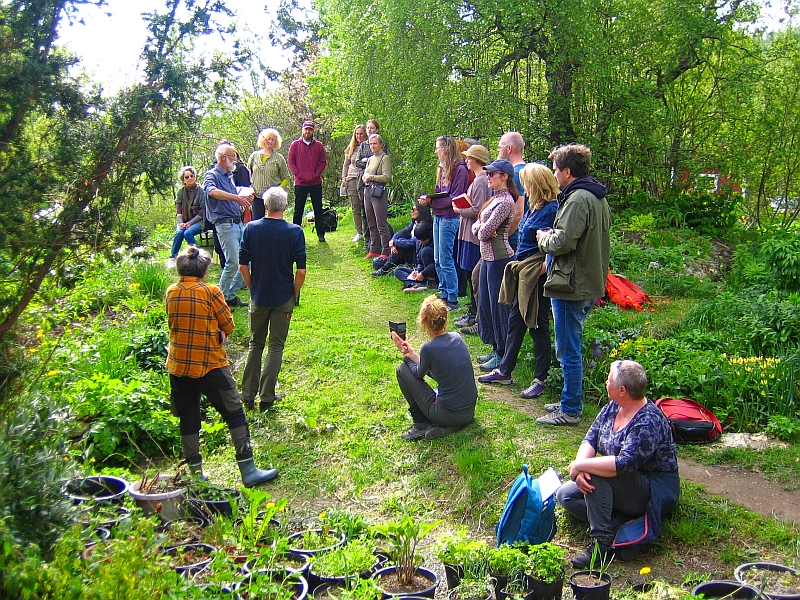

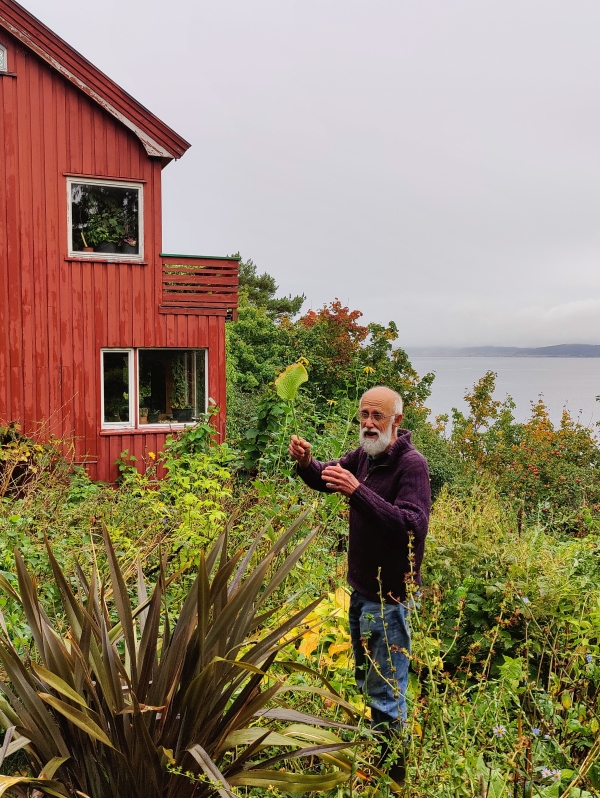

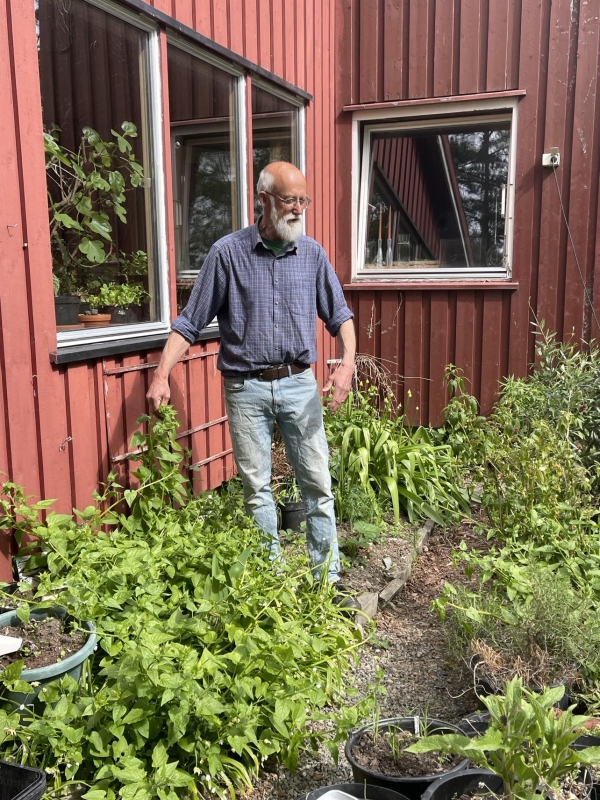
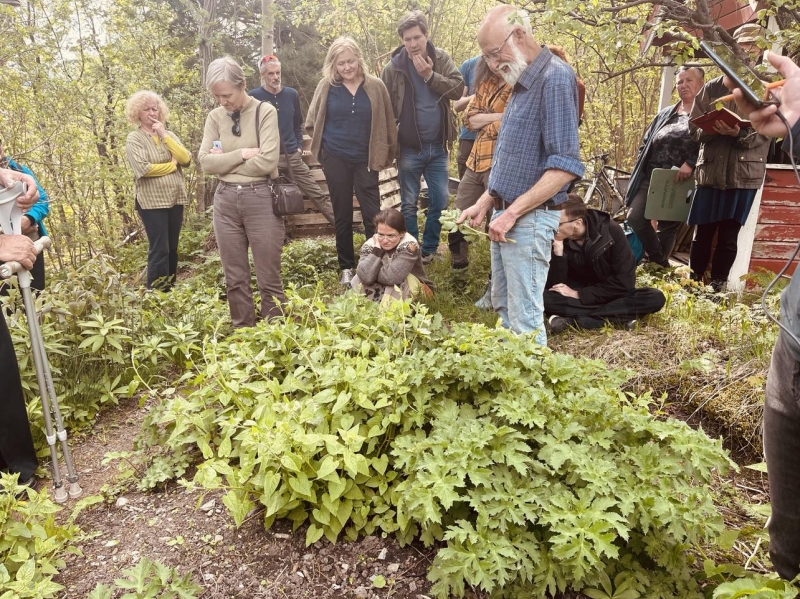
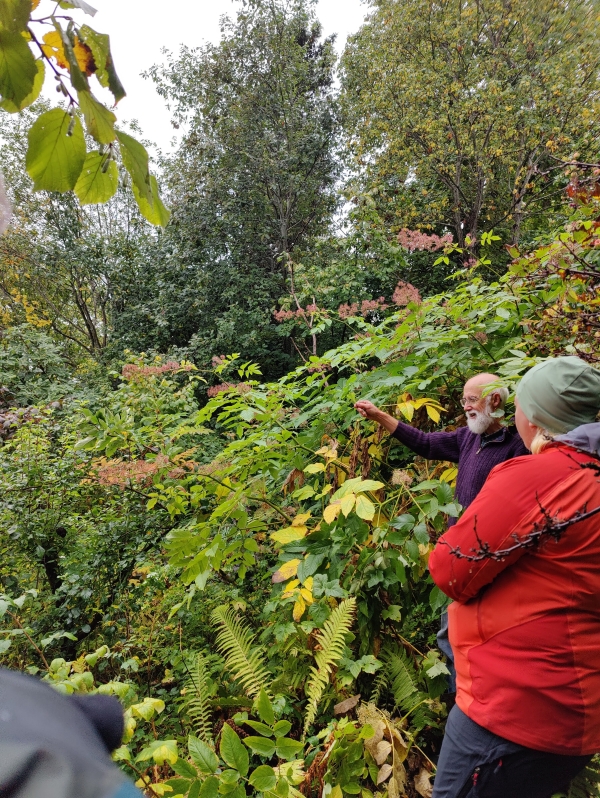
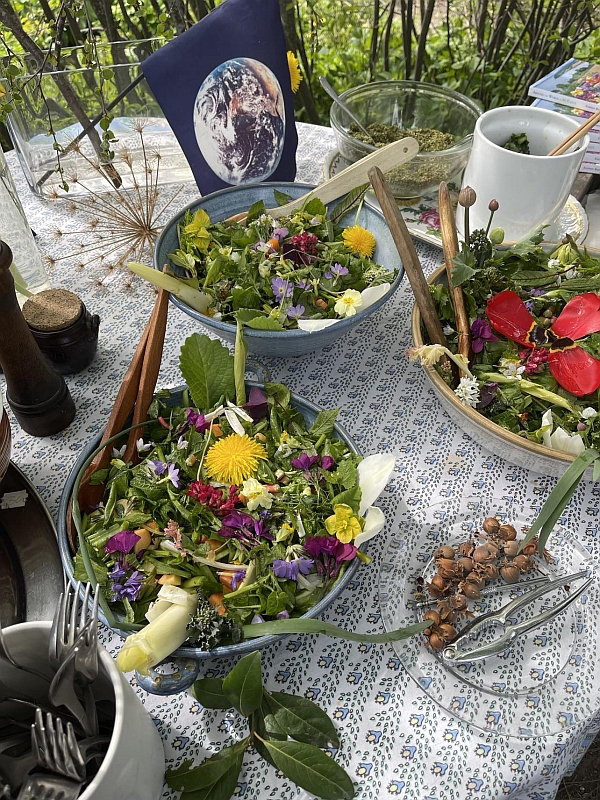

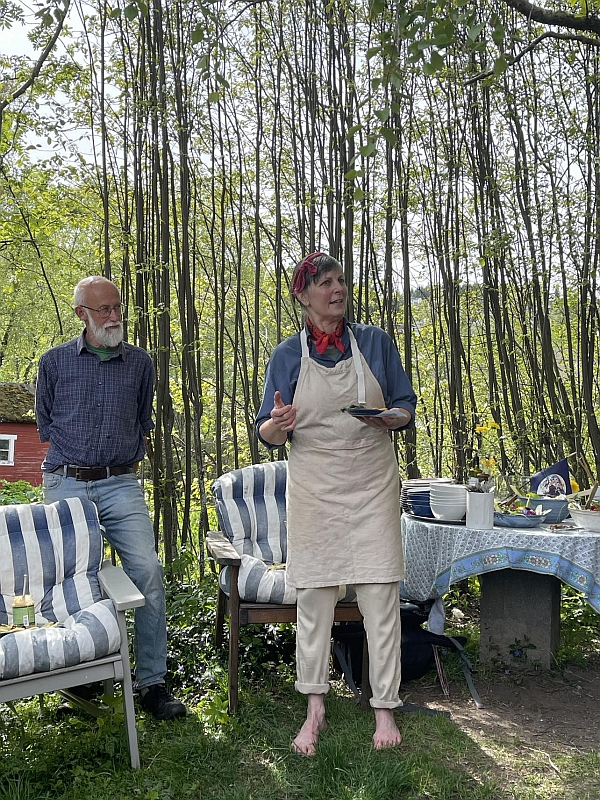
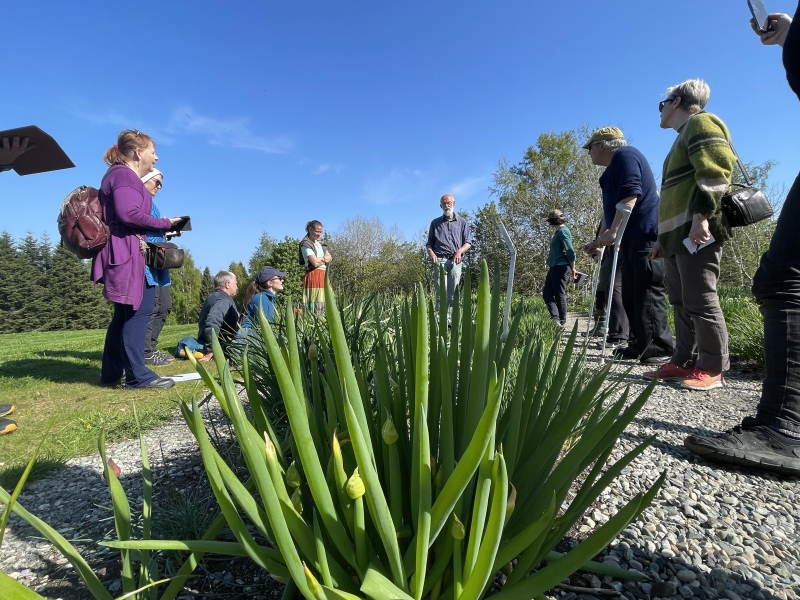
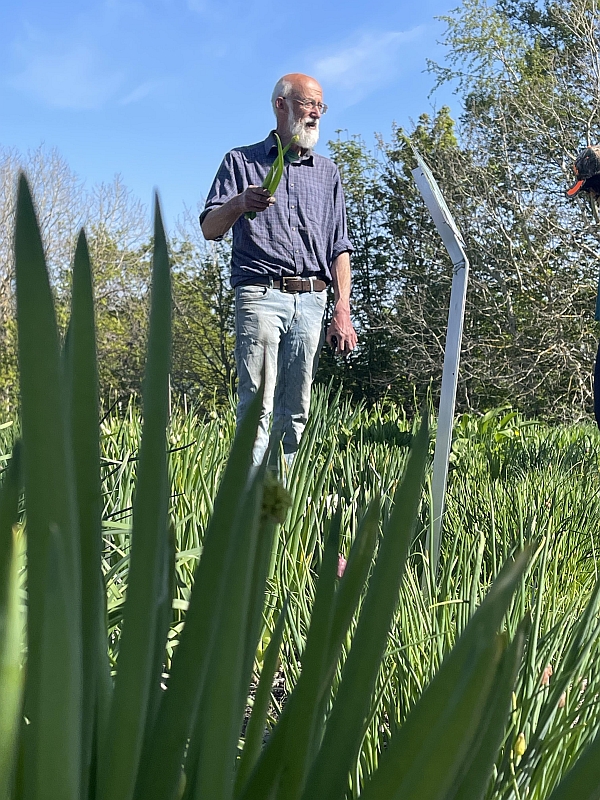
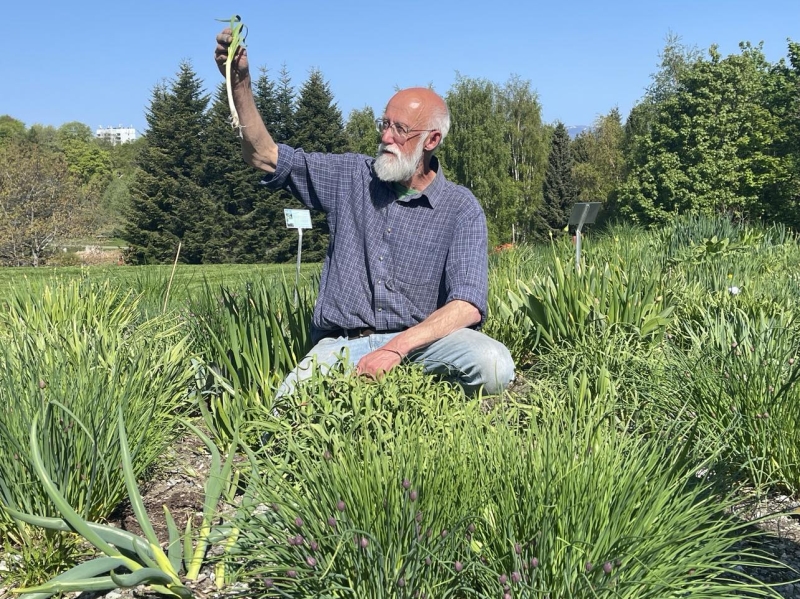
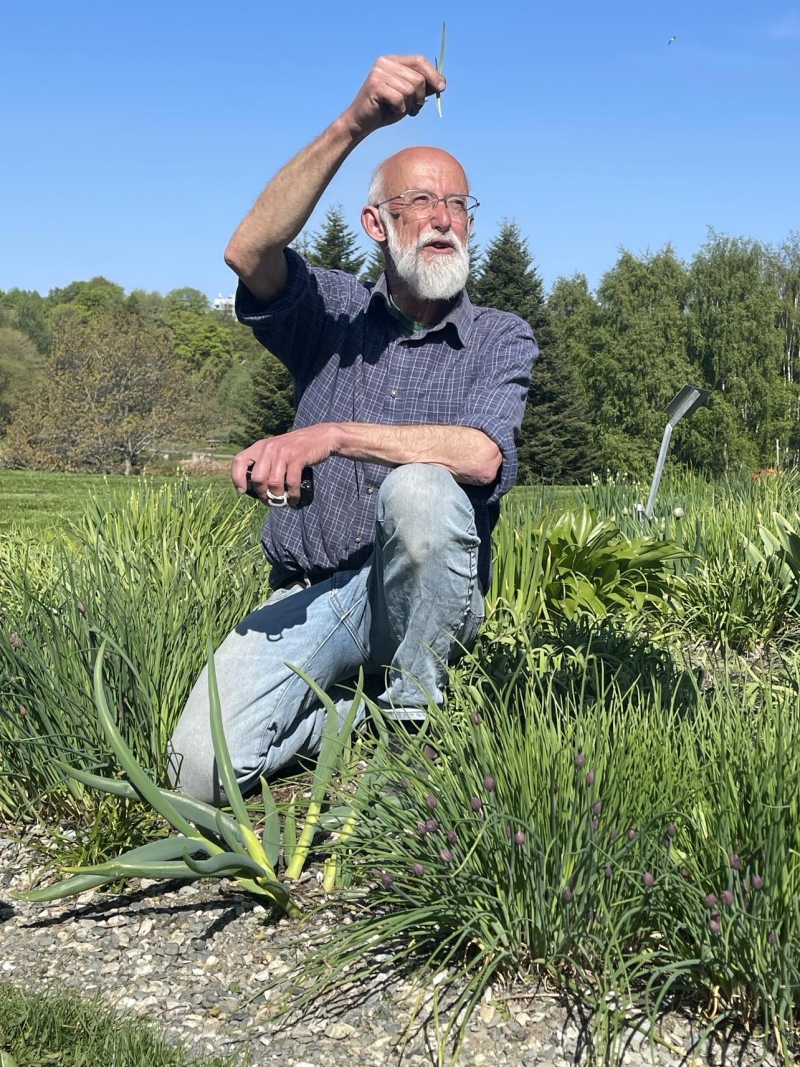

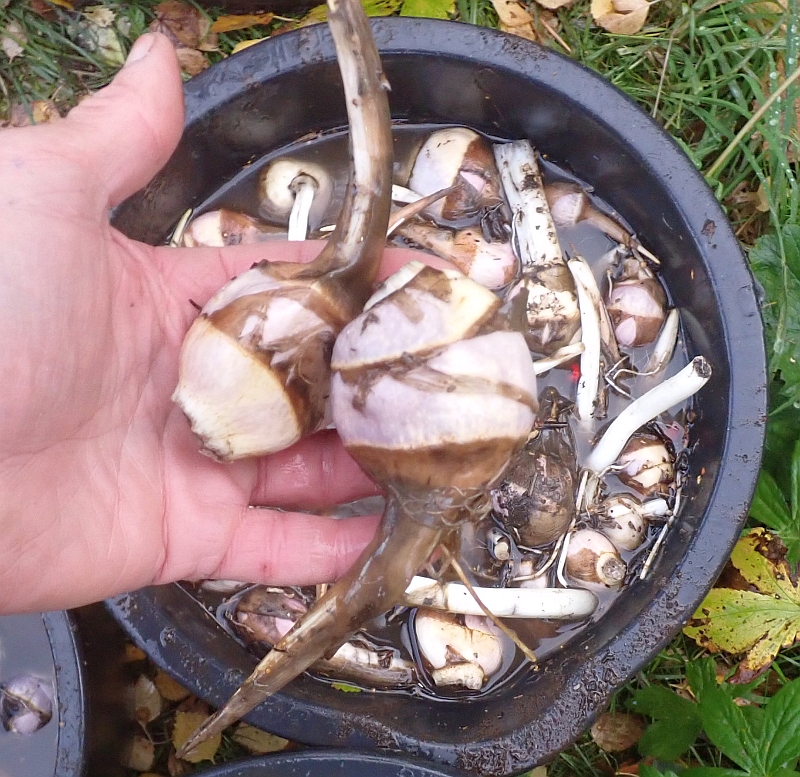
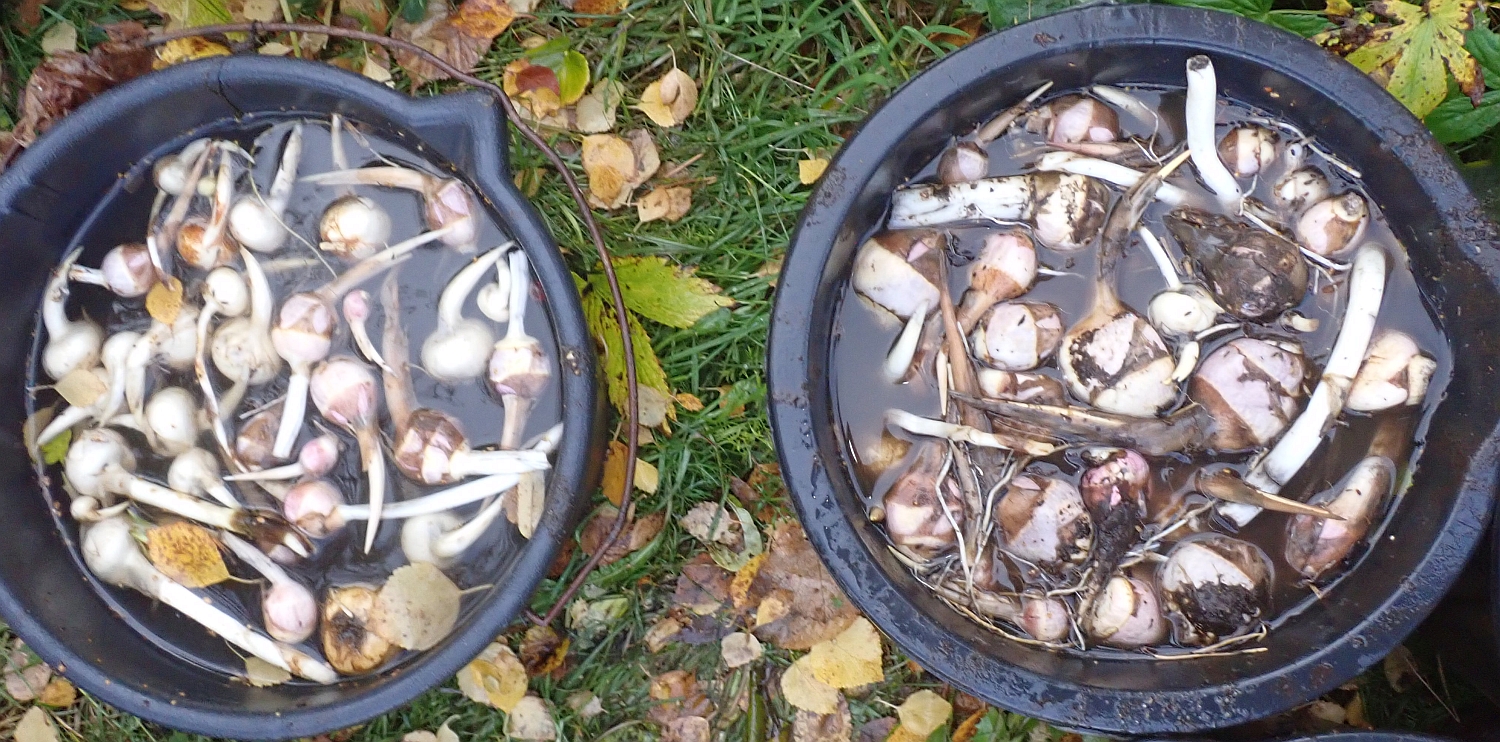
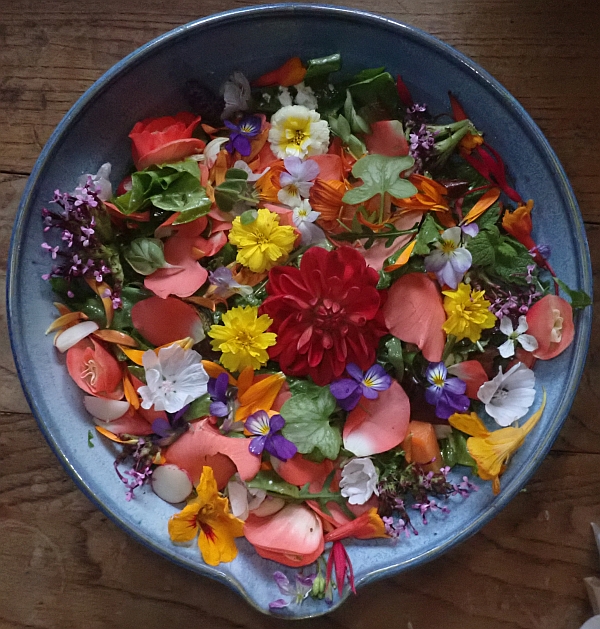
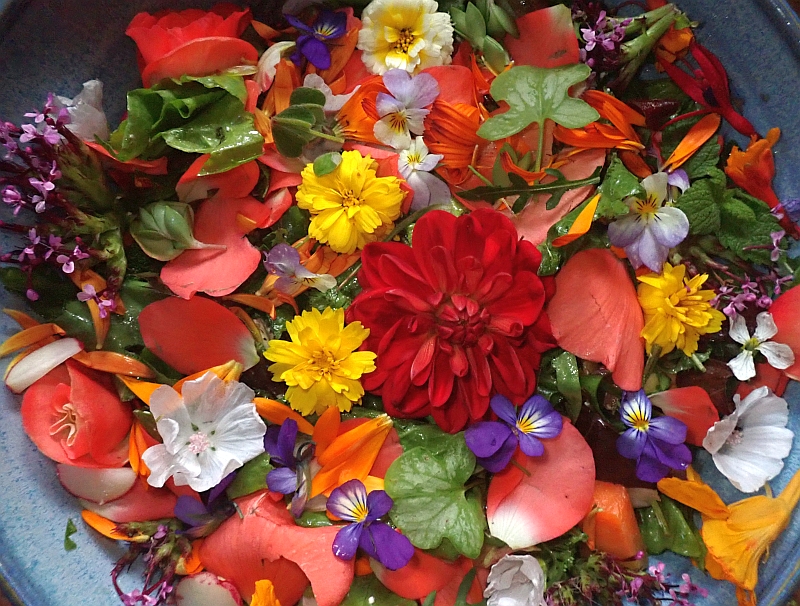
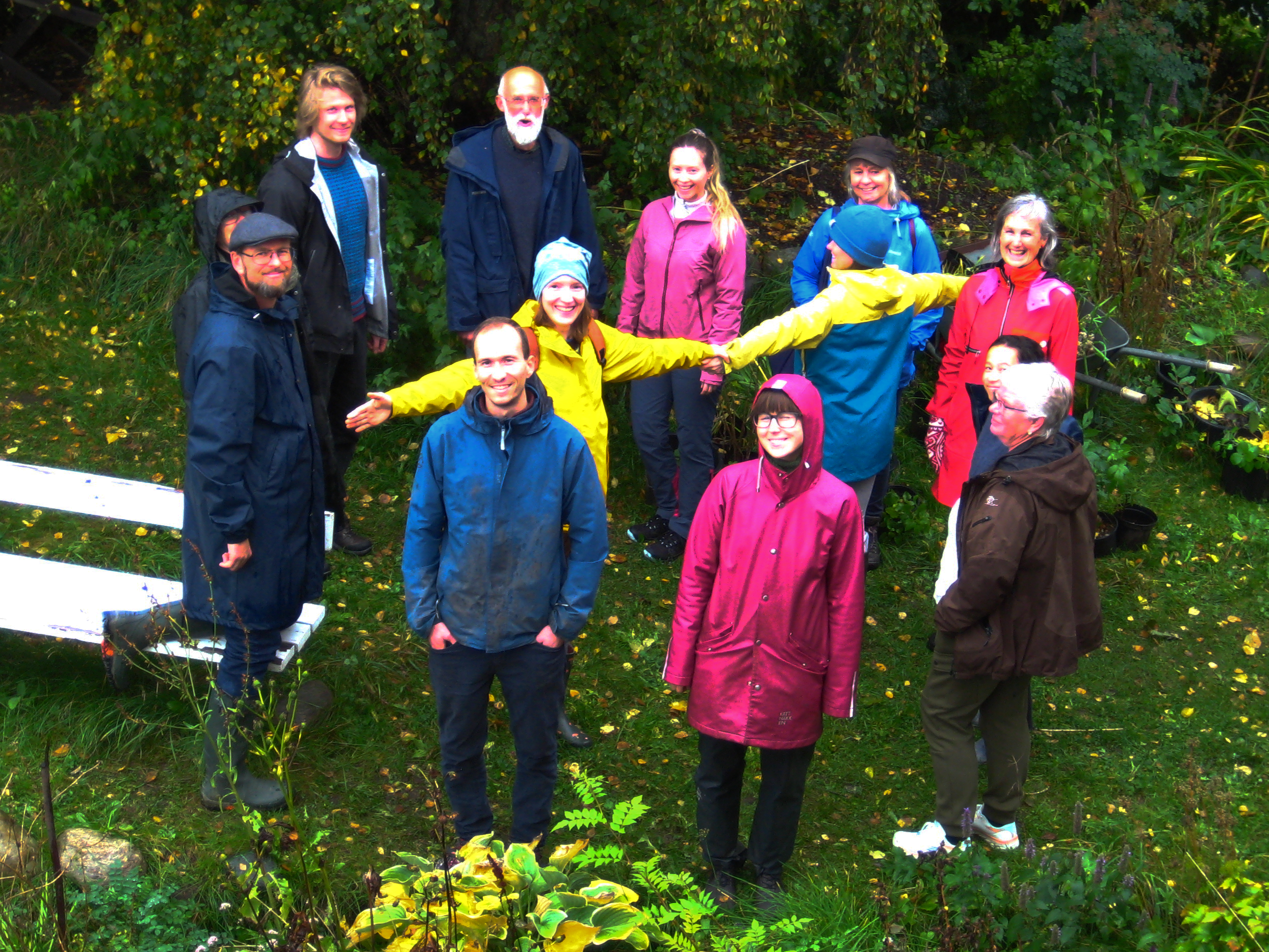 Making the Ø letter for Økouka (picture: Margaret Anderson)
Making the Ø letter for Økouka (picture: Margaret Anderson)